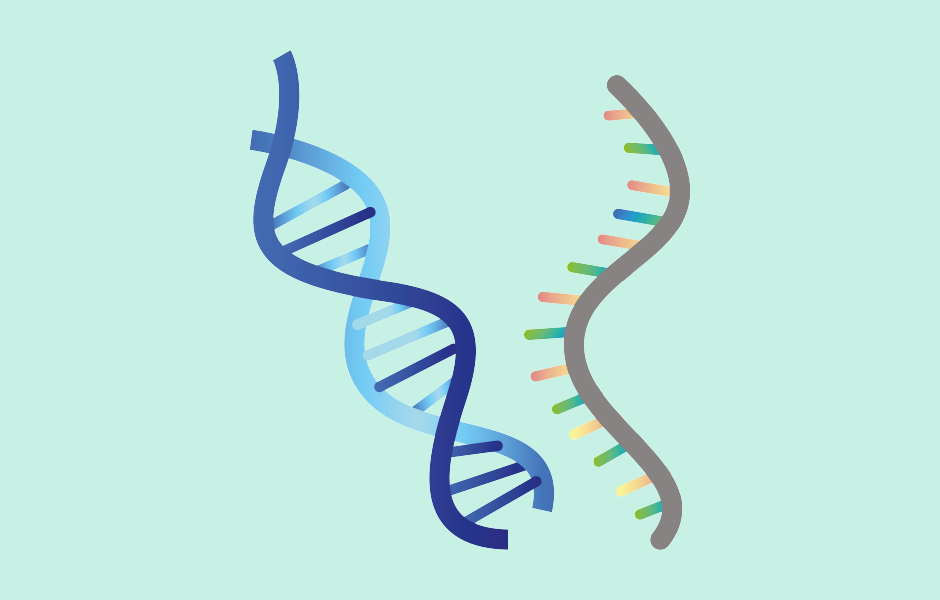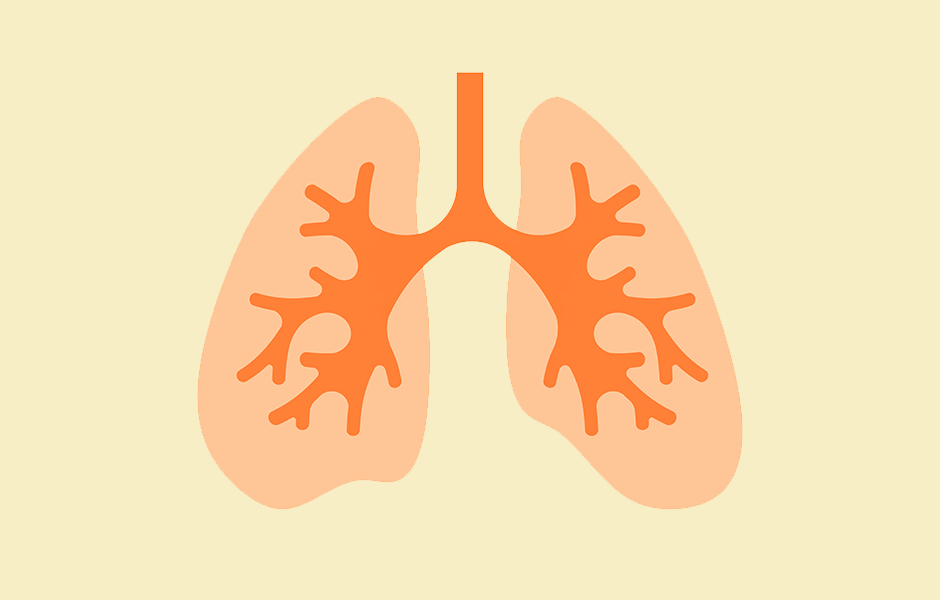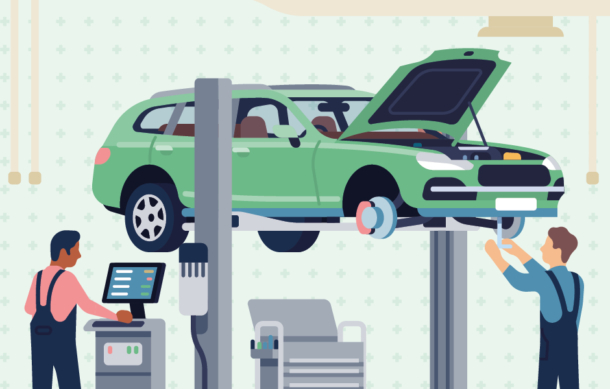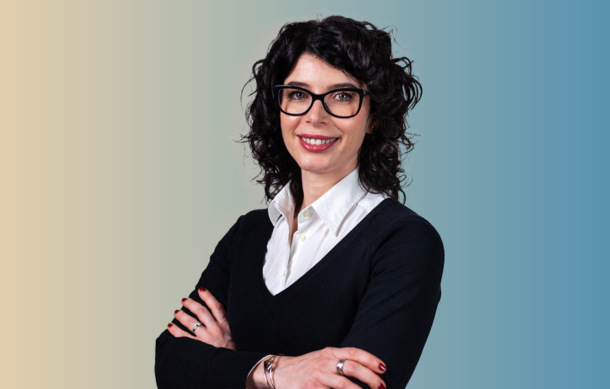The disruptor that is COVID-19 has turned everything upside down, including disease awareness campaigns. GOLD catches up with pharma marketing experts to see how they have adapted to their circumstances
Words by Isabel O’Brien
When COVID-19 forced productions to shut down in 2020, it left a trail of unfinished commercials and campaigns in its wake. The advertising industry found itself amidst one of the most unique crises that even the oldest ad agency tycoon could recall, with ad spends down 9% on average across Europe, a call to get creative, be different, and go remote prevailed.
While the pharmaceutical industry initially followed the downward trend alongside other sectors, just as quickly, executives returned to agencies seeking a medium to reignite the dialogue between themselves, HCPs, and patients. But what have been the challenges and rewards of creating meaningful communications from a distance?
“There are a lot of challenges when you’re not in person on a photoshoot or commercial,” says Sean Welsh, Vice President, Associate Creative Director, Art, GSW Advertising. While virtual meetings allow for a project to be planned and discussed, “Traditionally, everyone would spend time getting to know each other in person and develop a similar point of view on the project.” This encourages creativity to flourish and cohesion to be reached quickly, without the burden of temperamental connections or inconsistent audio.
Scheduling has also been a challenge, with project leads from the pharma companies and agencies often occupying varying time zones, “Call times can be extreme when you’re not in person. Our first call time was 3 AM EST,” adds Welsh. However, despite the logistical challenges, remote campaigns have been an unexpected hit, both with clients and their intended audiences.
This form of advertising speaks with a more authentic voice
Edmond Chan, Senior Director, EMEA Therapeutic Area Lead, Haematology, Janssen, was working on a patient-targeted cancer awareness campaign when the pandemic derailed on-set productions. “Originally, an upcoming patient campaign we were developing was intended to have in-person video interviews, but we had to change our plan as a result of social distancing,” he says. “We moved conversations online and asked individuals to use their phones to record their thoughts through self-generated content. It actually turned out better; in a way, it felt less scripted and a lot more personal.”
Welsh agrees that despite the communication challenges and unconventional wake up calls, remote or self-shot campaigns can lead to more genuine representations of the story that is looking to be told. “I think this form of advertising speaks with a more authentic voice. It appears less ‘produced’ and conveys a more honest form of storytelling. Showing imperfections and mistakes reflects the human experience. This type of advertising connects more on a human level,” he says.
These more personalised connections are something we will continue
Accounting for the financial and environmental benefits as well, clearly these back-to-basics campaigns are a win-win for both agencies and their clients. “A large commercial such as a live-action filmed production needs a great deal of prep work, a large budget, and will usually include travel and some degree of post-production,” says Jon Parkinson, Senior Vice President, Director Integrated Product, GSW Advertising. With both sides now understanding the potential of what is possible to accomplish with less money, less travel, and less curation, we can expect this brand of campaign to thrive – even once physical productions can be resumed.
As Chan concludes: “These more personalised connections are something we will continue – we’re already thinking about how we can get more patients in that home setting to share their voice and thinking.” For patients too, the burden of a campaign is greatly lessened; their story can be told in their words and on their terms, providing them with a platform to share, without the stresses and strains of an in-person production.






